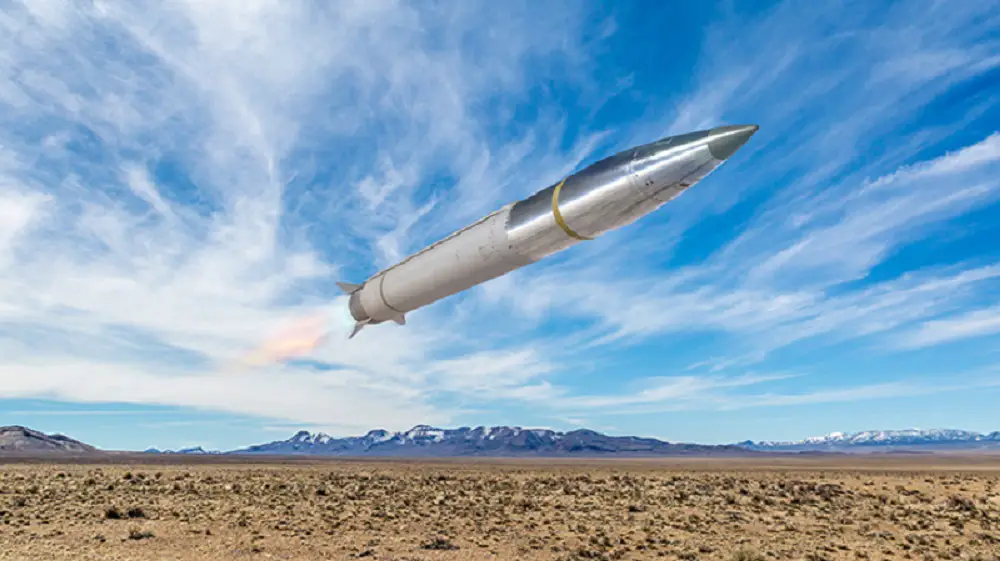Lockheed Martin successfully demonstrated its next-generation Extended-Range GMLRS (ER GMLRS) in a flight test at White Sands Missile Range, New Mexico, firing the round from the U.S. Army’s HIMARS® launcher. ER GMLRS met success criteria in the first 150-kilometer test for flight trajectory, extended range and accuracy from launch to impact. The product also successfully integrated with HIMARS and achieved overall missile performance. Prior to launch, the rocket pod underwent Stockpile to Target Sequence (STS) testing. This effort simulates cumulative effects ER GMLRS will meet in the field between factory and launch for the life of the system and demonstrates durability of the missile and launch pod container.
This test demonstrates nearly double the range, while maintaining the precision GMLRS is known for,” said Jay Price, vice president of Precision Fires at Lockheed Martin Missiles and Fire Control. “Lockheed Martin is committed to advancing this critical capability on a rapid timeline for our Army customer, and this test moves ER GMLRS one step closer to fielding.”
The MLRS Family of Munitions (MFOM) includes a variety of precision-strike rockets and missiles, with on-going evolutionary development to meet the needs of the warfighter. 6 rockets per launch pod, with 2 pods carried by the M270 launchers and 1 pod carried by the HIMARS launchers. More than 60,000 GMLRS rockets produced to date and climbing. xtended-Range (ER) GMLRS is a new developmental variation of the GMLRS family, ER GMLRS offers an extended range out to 150 kilometers in all weather conditions. ER GMLRS shares commonality with legacy GMLRS, and is deployable by HIMARS and the MLRS M270 family of launchers. The rounds incorporate a larger motor and have enhanced maneuverability due to tail-driven control.
Lockheed Martin has produced more than 60,000 GMLRS rounds and is under annual contract to continue production of GMLRS unitary and alternative-warhead rockets including integrated logistics support for the U.S. Army, U.S. Marine Corps and international customers. The systems are produced at the company’s Precision Fires Center of Excellence in Camden, Arkansas.















